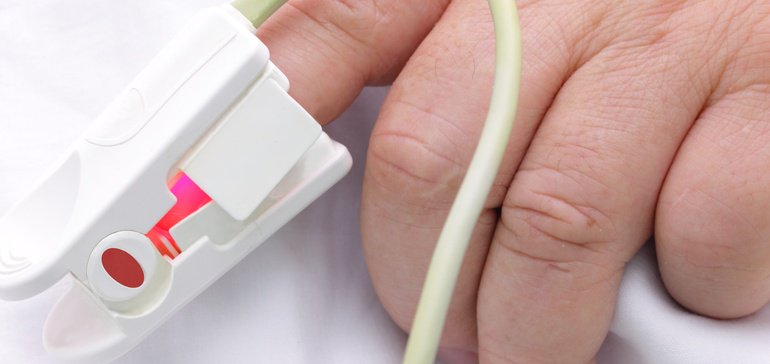
Dive Brief:
- Roughly one in five Medicare patients in long-term care hospitals experienced adverse events, and another 25% experienced temporary harmful events, according to a new report by the HHS Office of Inspector General (OIG).
- More than half (53%) of the adverse events patients suffered caused F level harm, meaning they prolonged the LTCH stay, became the primary reason for treatment or necessitated transfer to another facility.
- The overall share of LTCH patients experiencing either adverse events or temporary harm — 46% — exceeded that found in hospitals (27%), skilled nursing facilities (33%) and rehabilitation hospitals (29%).
Dive Insight:
The higher rate of harmful events in LTCHs may in part be due to longer average patient stays compared with other care settings. Still, the report raises concerns about the safety and quality of care of patients who are treated in LTCHs. More than half (54%) of adverse events and temporary harm events OIG found were preventable — commonly related to substandard care (58%) and medical errors (34%).
Hospital-acquired infections were the most common cause of adverse events, accounting for 45% of cases, followed by medication-related issues (31%) and general patient care (23%). The most frequent adverse event overall was respiratory infection.
OIG based its review on medical records from 587 Medicare beneficiaries admitted to LTCHs in March 2014, and assigned adverse events to four categories based on level of harm. F level is the least serious. The others are: G level, contributed to or caused permanent harm; H level, required intervention to sustain life; and I level, contributed or resulted in death.
According to the report, 5% of Medicare patients in LTCHs did die either directly or indirectly as a result of adverse events.
LTCHs are a small part of the overall Medicare program, numbering about 400 providers and accounting for just 6% of Medicare post-acute care spend, the report notes. The sector cost Medicare $ 5.3 billion in fiscal year 2015, with the typical stay costing more than $ 40,000.
A recent SSRN analysis suggested Medicare could save about $ 4.6 billion with no ill effects on patients by disallowing discharges to LTCHs. The study cited average per-day rates of $ 1,400 for LTCH care in 2014, compared with $ 450 for a skilled nursing facility, the alternative for the majority of LTCH patients.
OIG has asked CMS and the Agency for Healthcare Research and Quality to develop and disseminate a list of potential harm events in LTCHs, and urged CMS to address the issue in outreach to those hospitals. Both agencies agreed to the recommendations.
